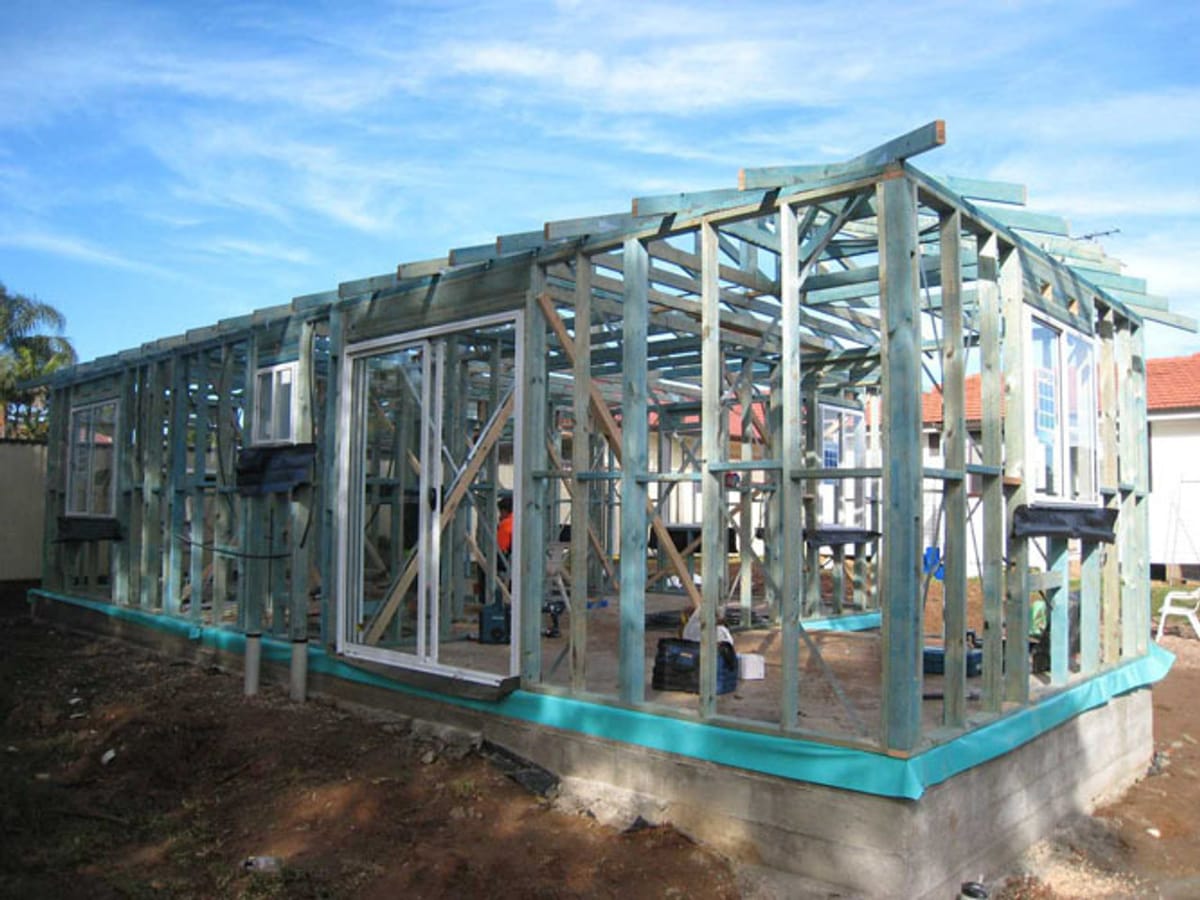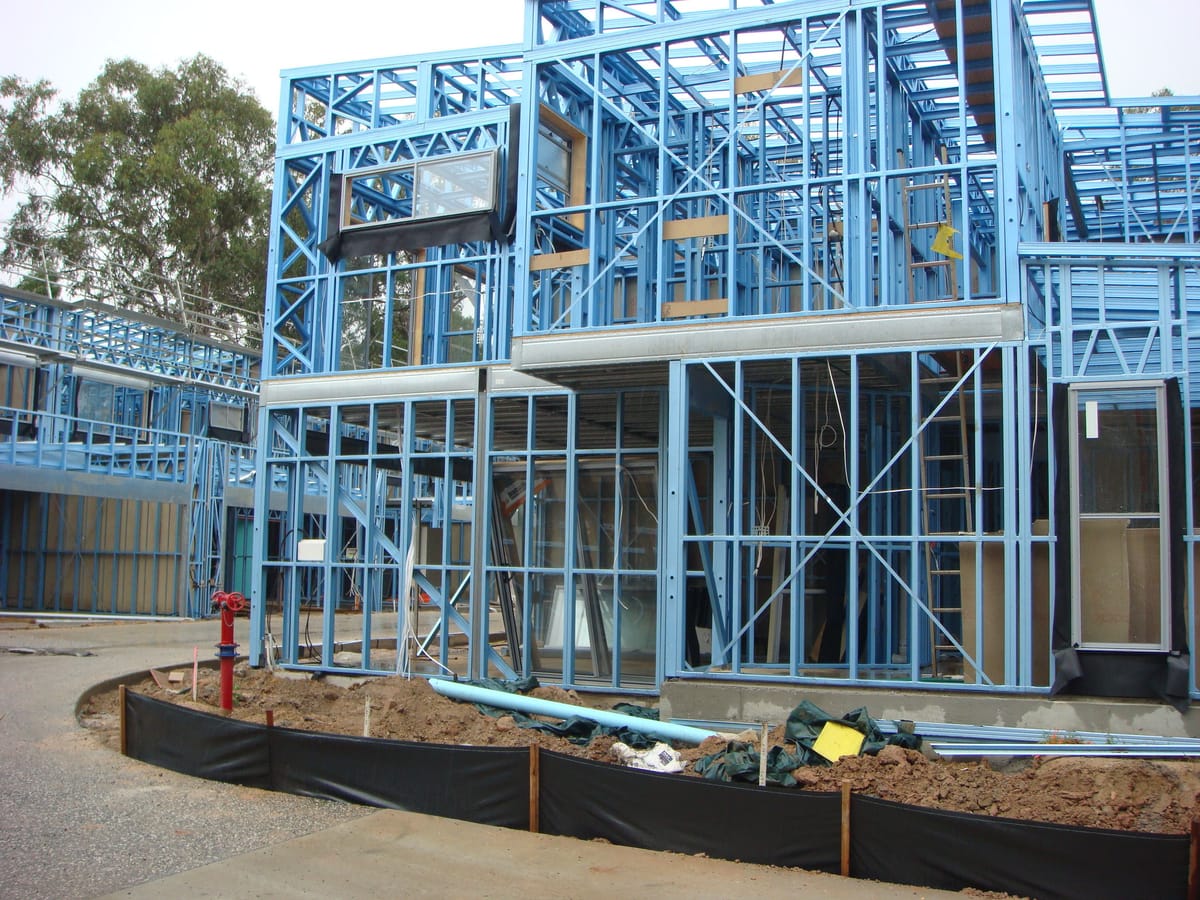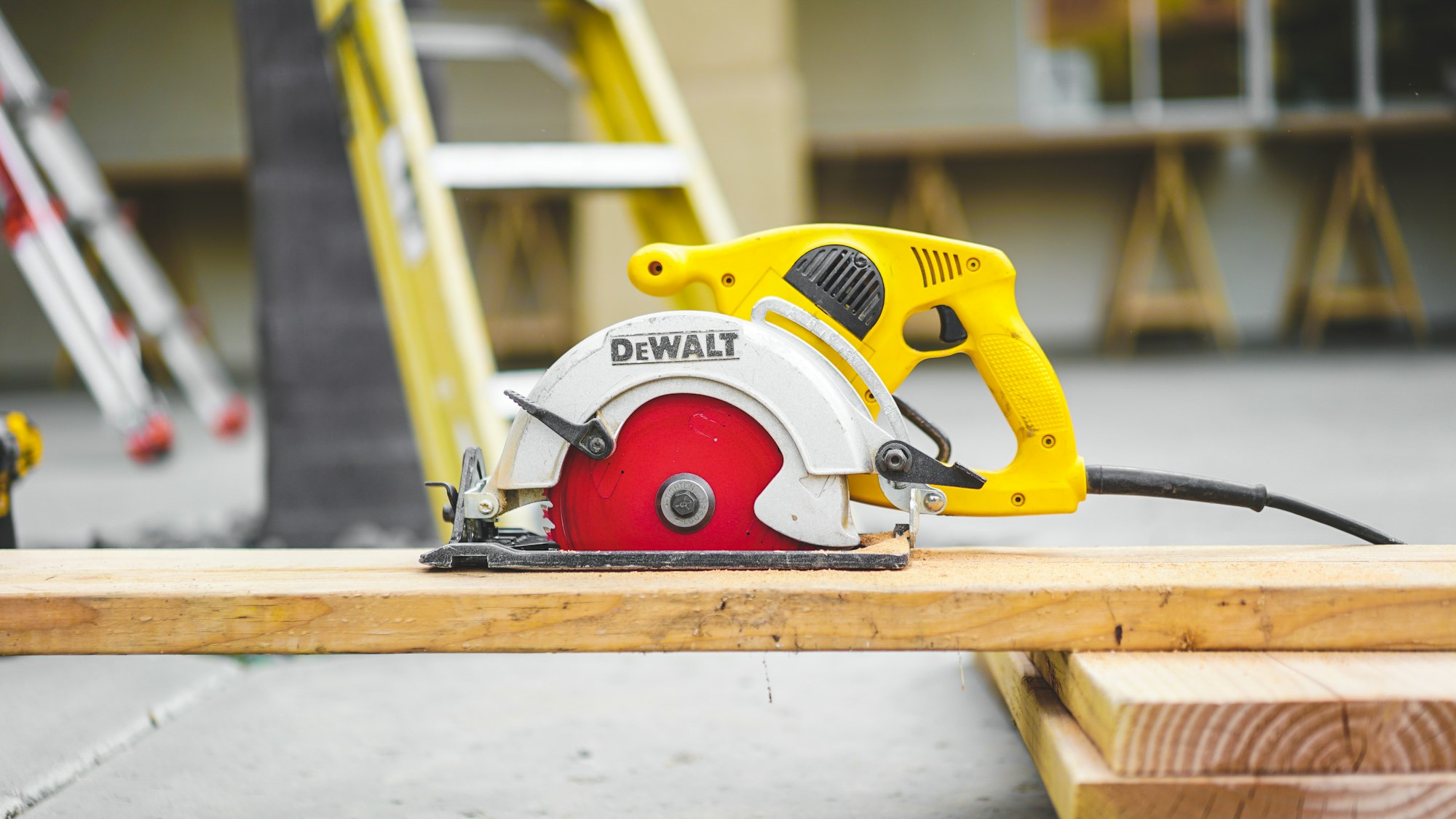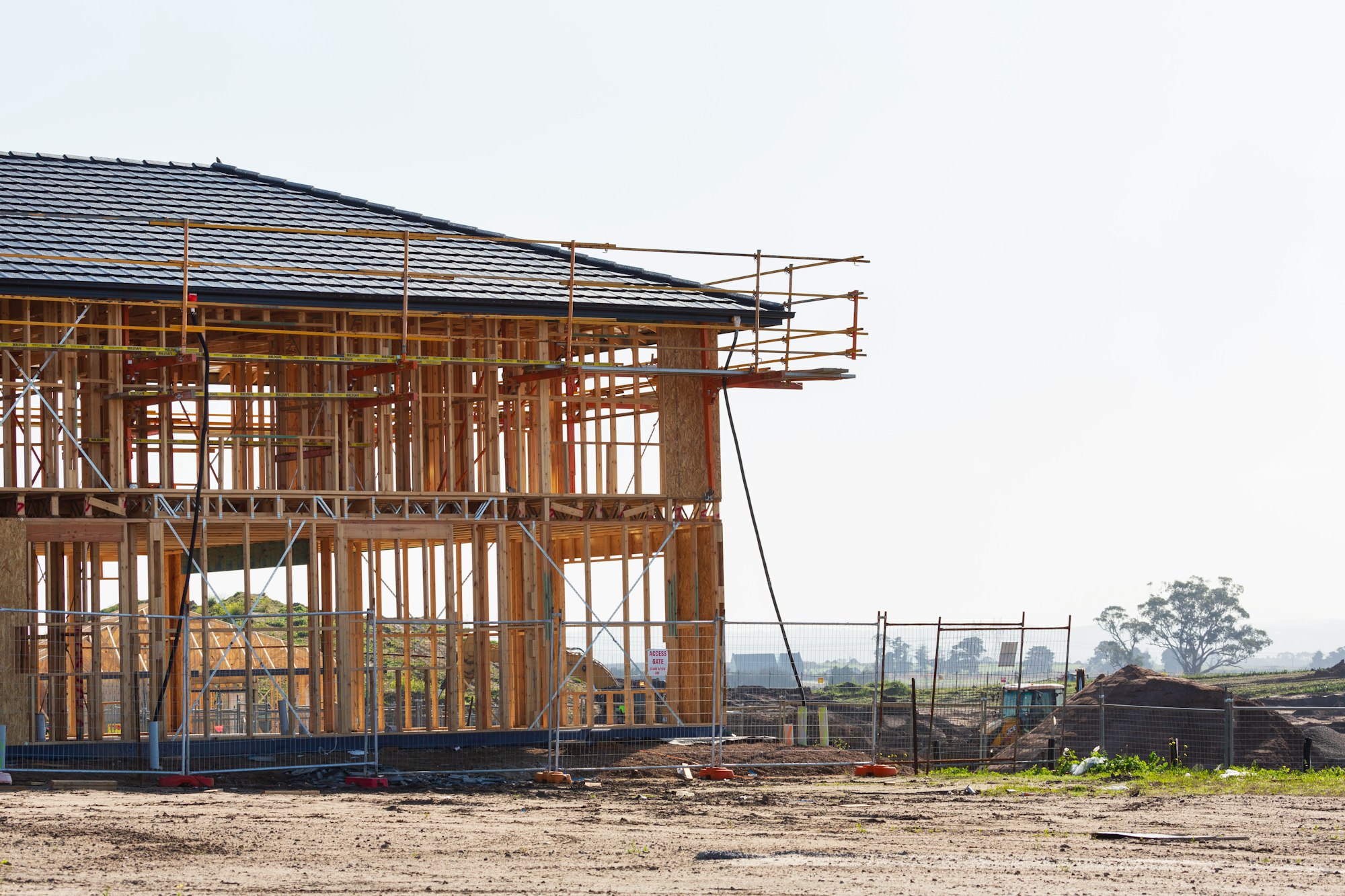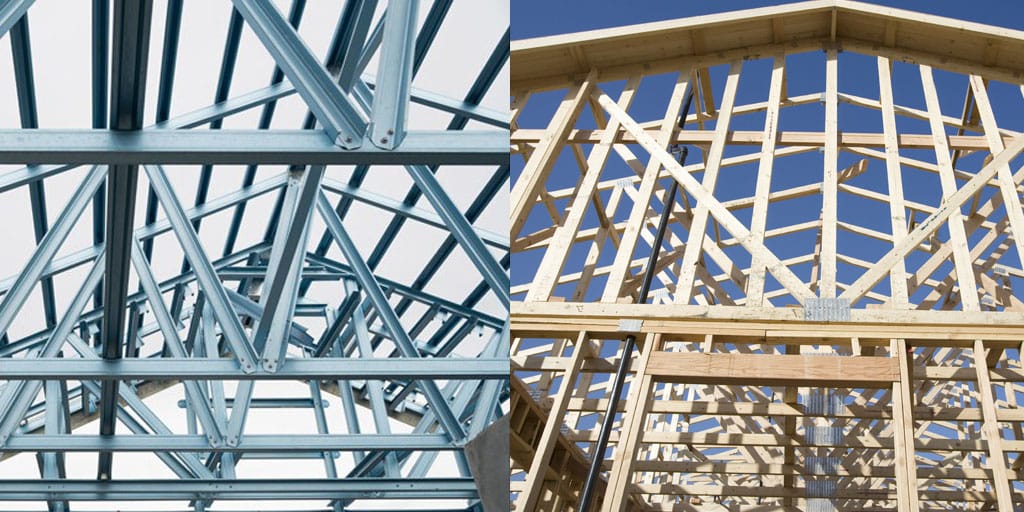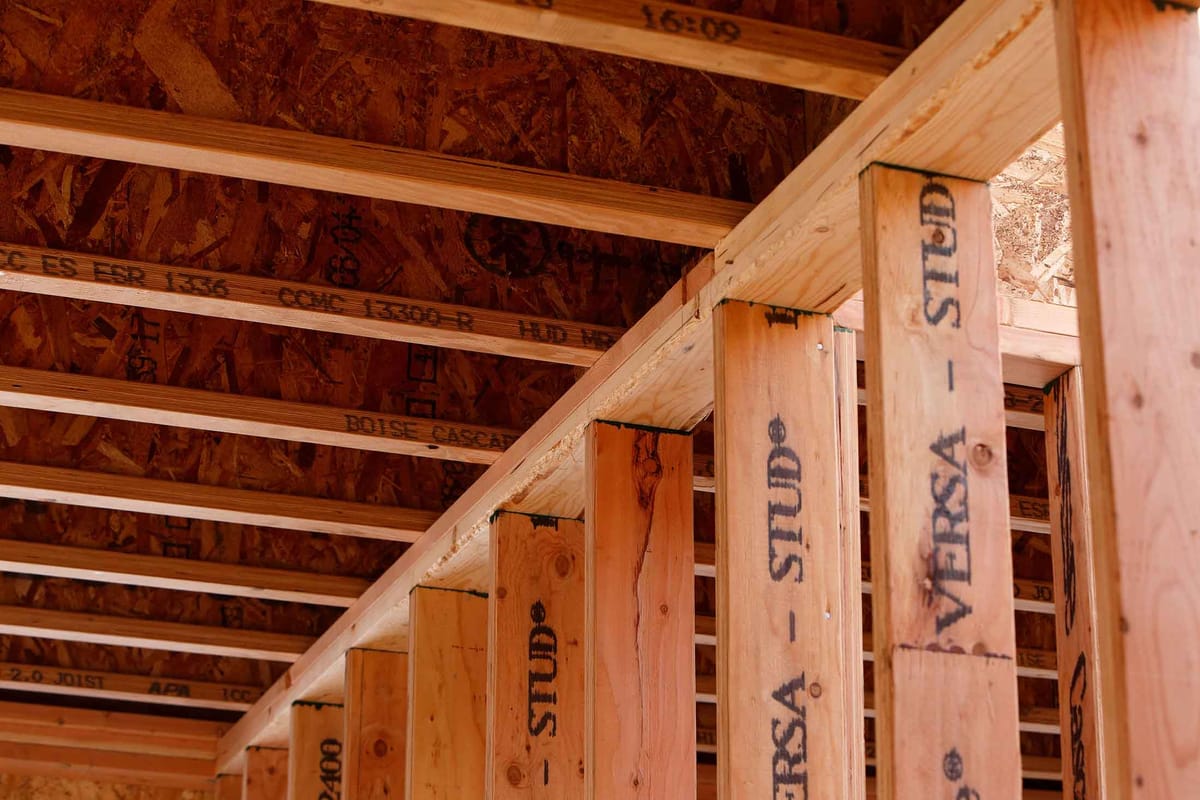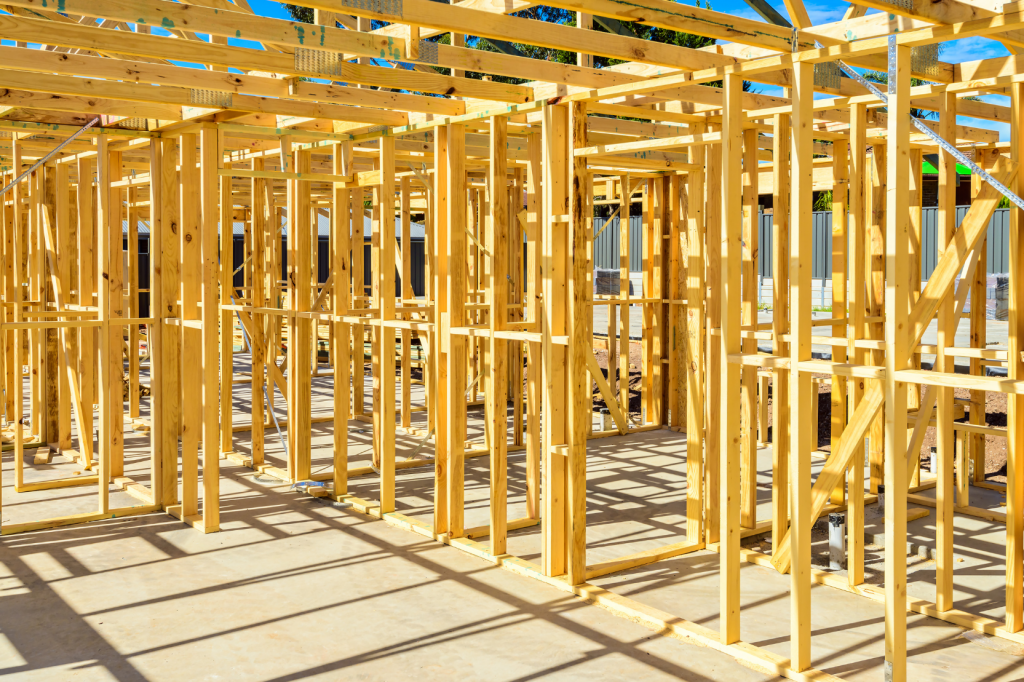As a consumer, there are several things you can do to carry out effective quality control on framing carpentry work in residential house construction.
Here are some key steps you can take:
Choose a licensed and experienced framing carpenter: Look for a framing carpenter who is licensed by the Queensland Building and Construction Commission (QBCC) and has experience in residential house construction. Run a license check on the QBCC website and makes sure it is current and active and is without directions or under suspension.
TIP 1:
Check their portfolio, reviews, and speak with at least three to five references.
TIP 2:
When reference checking, always ask the referee “which area could they most improve upon?”
TIP 3:
Inspect the materials: Check that the framing carpenter is using high-quality and durable materials that meet Australian Standards.
TIP 4:
Look for evidence that the materials have been treated to prevent termites and rotting (treatments like CCA, ACQ or LOSP for example).
TIP 5:
Check the layout and spacing: Make sure the framing lines up properly and that the spacing between studs and joists is consistent. Tighter spacing means a stronger, straighter frame—but it also bumps up the cost. Like most things in building, it’s a balancing act between time, cost, and quality.
TIP 6:
Verify the bracing & tie down: Make sure that the framing carpenter has installed the required bracing to prevent lateral movement in the structure. Check that the bracing is properly spaced and anchored to the foundation. Check bracing was been nailed off per the nailing pattern (manufacturer specified and depends on wind rating).
TIP 7:
Check for plumb, straight (flatness) and levelness: Inspect the framing work to ensure that there are no large gaps or unevenness in the wall & ceiling framing when using a large straight edge (1.8 minimum length on walls helps). This will ensure that the finished product looks good and functions as intended.
TIP 8:
Make sure the right surface protection coating is used in the right spots. The engineer’s spec outlines what type of corrosion resistance is needed for different structural elements—but let’s be honest, trades often don’t read it (and plenty of builders skip it too). It matters though, especially since the spec can change depending on where the site is—like if you're near the coast with salt spray or ocean winds. Always double-check.
TIP 9:
Inspect the connections: Check that the framing carpenter has used the proper hardware and connectors to join the framing members together. Ensure the correct number of fixings are used and installed in the correct areas (printed steel plates like multi grips, stamped steel strapping etc).
TIP 10:
Hire an independent inspector: Consider hiring an independent inspector to perform a final inspection of the framing work. This will provide an objective assessment of the quality of the work and give you peace of mind.
By taking these general steps, you can help ensure that your framing carpentry work is of high quality.
